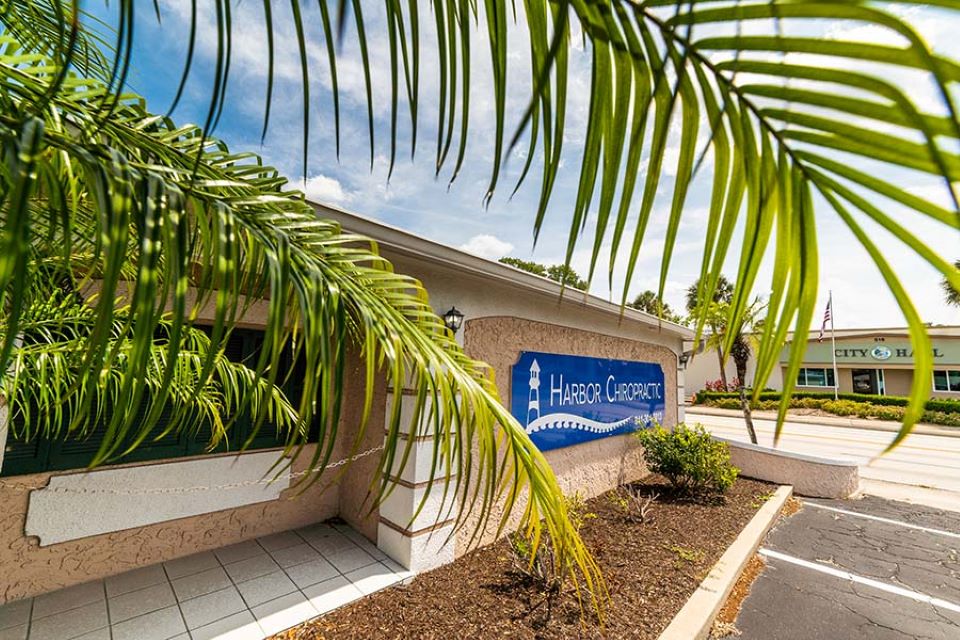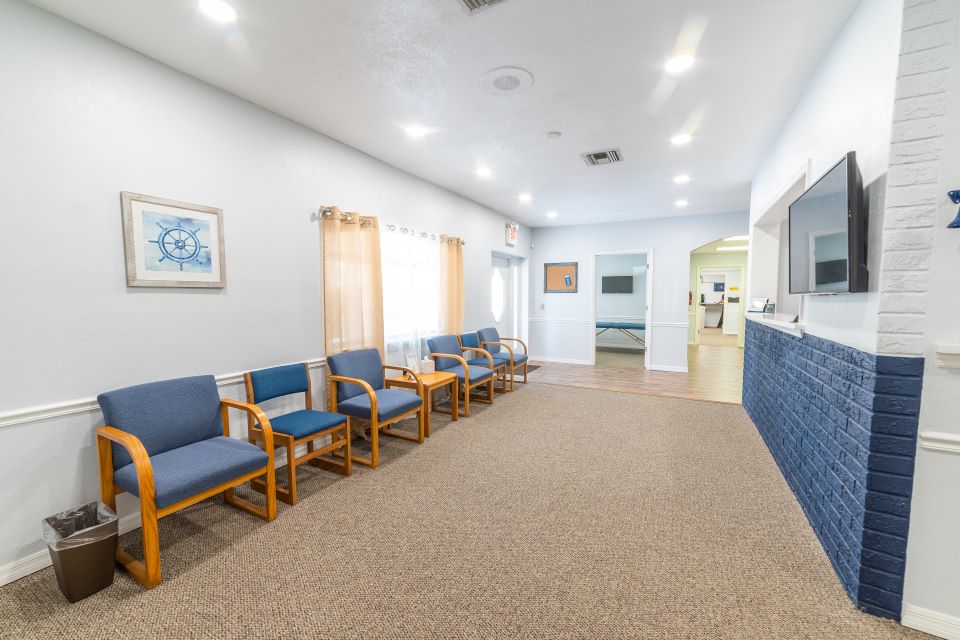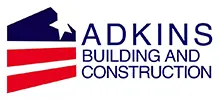The design process and construction reality are deeply intertwined in today’s commercial construction landscape. For small business owners in Manatee County and beyond, design build for commercial projects has an integrated approach that seamlessly transforms your vision for into reality, minimizing unexpected challenges. This approach is more than just a construction method; it’s a strategic choice that supports your business growth objectives. Whether planning a retail space, office renovation, or warehouse facility, understanding how design-build services operate can ensure a smooth, efficient transition to your new space.
Understanding Design Build Fundamentals

The design-build methodology represents a streamlined approach to commercial construction that fundamentally changes how small business owners can approach their building projects. When you implement DB services, you’ll engage in a unified process that combines design and construction under a single contract, simplifying project management and accountability.
During the conceptual design phases, you’ll work directly with your DB team to define project scope and conduct thorough risk assessment processes. This early collaboration enables stakeholder collaboration from the outset, allowing you to identify potential challenges and opportunities before construction begins.
Your DB team will direct you through value engineering opportunities, helping you optimize your budget while preserving project quality. The DB approach integrates architects, designers, and builders in a cohesive unit focused on your project’s success. You’ll benefit from their combined expertise during preconstruction design reviews, where they’ll evaluate constructability, materials, and systems to guarantee optimal performance.
This integrated team structure eliminates traditional communication barriers between the design and construction phases, reducing the likelihood of costly changes and delays during construction. Through this systematic approach, you’ll maintain better control over your project’s timeline and budget while achieving your desired outcomes.
Benefits for Small Business Growth
Three paramount growth advantages emerge when small business owners implement design build for commercial projects. First, you’ll gain the ability to create flexible workspace layouts that adapt to your evolving business needs while incorporating optimized storage solutions designed specifically for your operations. The design-build team can seamlessly integrate these elements during planning, guaranteeing maximum space utilization.
Second, you’ll benefit from the cost-effective implementation of energy-efficient design strategies and accessibility considerations. Your design-build team can evaluate and recommend sustainable solutions that reduce long-term operational costs while ensuring compliance with accessibility requirements. This proactive approach prevents costly retrofits and modifications down the line.
Third, you’ll achieve stronger branding integration throughout your commercial space. The consolidated design-build process enables you to work with a single team that understands your brand identity and can incorporate it into architectural elements, lighting, and interior finishes. This unified approach ensures your commercial space effectively communicates your brand while maintaining functional efficiency. By harnessing these design-build advantages, you’ll position your business for sustainable growth while minimizing project risks and optimizing your investment.
Cost Control Through Unified Teams
You’ll gain substantial cost control advantages in your commercial construction project through effective coordination among unified teams. The design-build approach enables early cost estimation and proactive cost management through a single point of responsibility, allowing you to make informed decisions before significant investments are made.
Your unified team will implement value engineering strategies during preconstruction, identifying cost-effective materials and methods while maintaining quality standards. This collaborative process helps optimize your budget by eliminating unnecessary expenses and focusing resources on elements that deliver the most value to your business operations.
You’ll benefit from competitive bidding among trade partners, all coordinated through your design-build team. This streamlined approach reduces markup layers and helps secure better pricing for various project components. When design and construction teams work together from the start, they’ll identify potential issues early, preventing costly changes during construction.
The integrated nature of design-build teams allows for continuous budget optimization throughout your project. You’ll receive regular cost updates and can make real-time adjustments to keep your project within budget constraints while maintaining clear accountability through a single contract structure.
Streamlining Project Timeline Management

A well-managed timeline considerably impacts your commercial project’s success, and design-build services offer proven methods to accelerate project completion. Through streamlined communication channels between designers, engineers, and construction teams, you’ll experience fewer delays and more efficient project execution.
The design-build’s integrated approach enables accelerated construction timelines by allowing concurrent design and construction phases. You’ll benefit from improved decision-making processes, as the single-source responsibility eliminates traditional communication barriers and enables quick responses to emerging challenges. Statistics show you can complete your project 12-24% faster than conventional methods, helping you launch your business operations sooner.
The design-build team’s proactive issue-resolution capabilities help identify and address potential scheduling conflicts before they impact your timeline. Their flexible adaptation capabilities guarantee that when changes are needed, they’re implemented efficiently without causing significant delays. You’ll work with a unified team that anticipates challenges and develops solutions throughout the project lifecycle. This collaborative environment streamlines workflow management and maintains momentum, guaranteeing your commercial project stays on schedule while meeting quality standards and business objectives.
Risk Mitigation Strategies
When implementing design-build services, risk mitigation becomes a cornerstone of your project’s success. The single-point responsibility model enhances clear responsibility delineation, eliminating confusion between design and construction teams, which often leads to costly disputes. You’ll find that improved communication through integrated project teams enables proactive issue resolution before problems escalate.
During the preconstruction phase, you can utilize enhanced risk identification through thorough design and constructability reviews. This systematic approach allows you to address potential challenges before breaking ground, considerably reducing litigation risks and costly change orders. You’ll benefit from competitive bidding processes that secure ideal pricing while maintaining quality standards for your commercial project.
The design-build approach protects your financial interests through early budget estimates and guaranteed maximum pricing structures. You won’t face unexpected cost overruns that typically plague traditional delivery methods. By overlapping design and construction phases, you’ll reduce schedule-related risks and minimize business disruption. This integrated risk management strategy certifies that your commercial project stays on track while maintaining budget control, allowing you to focus on your core business operations rather than managing construction-related conflicts.
Choosing the Right Design-Build Partner
Building on your risk mitigation framework, selecting the right design-build partner becomes your next pivotal decision. You’ll need to conduct a thorough project portfolio review to evaluate potential firms’ expertise in commercial projects similar to yours. Focus on their team collaboration dynamics and client communication methods to ensure they align with your business objectives.
When evaluating potential design-build partners, implement a systematic assessment approach that examines their capabilities across multiple dimensions:
- Review their financial stability and bonding capacity through detailed risk assessment procedures, ensuring they can handle your project’s scope
- Analyze their budget optimization strategies, including their track record of completing projects within initial cost estimates
- Evaluate their local market knowledge and relationships with subcontractors, which can profoundly impact project efficiency
- Assess their technical capabilities in both design and construction phases, verifying their ability to provide creative solutions
Remember to request detailed documentation of their safety records, quality control measures, and project management methodologies. Your chosen partner should demonstrate a proven ability to navigate local regulations while maintaining transparent communication throughout the project lifecycle. Their experience with similar commercial projects will be imperative in anticipating and addressing potential challenges specific to your business needs.
Project Planning and Execution

Through effective project planning and execution, your design-build initiative requires a systematic approach that integrates design development, cost control, and construction management. Begin with thorough project scoping to define your business objectives, spatial requirements, and operational needs. You’ll work directly with your DB team to develop preliminary designs and establish realistic budget parameters through early estimating.
During the planning phase, focus on stakeholder alignment by coordinating with your design-build team, interior designers, and other essential parties. This collaboration enables early risk identification, allowing for mitigation strategies before construction begins. Your DB partner will implement quality assurance measures throughout the project lifecycle, from design reviews to construction oversight.
You’ll benefit from the three-phase DB process, which includes preliminary design, final estimating, and construction execution. Your team will secure competitive trade bids to optimize costs while maintaining project quality. This integrated approach allows you to expect streamlined permit approvals and faster construction starts.
When site constraints or unique program requirements arise, your DB team will collaborate to develop innovative solutions that align with your budget and timeline objectives.
Quality Assurance in Design Build
Quality assurance remains a cornerstone of successful design-build projects, backed by exhaustive control measures and industry-leading performance metrics. You’ll find that design-build firms implement thorough project oversight systems through dedicated quality control teams, resulting in minimal callback rates and enhanced client satisfaction surveys.
The commitment to quality is evident through rigorous on-site supervision and systematic quality inspections throughout your project’s lifecycle. Design-build teams, comprised of industry-respected professionals, apply their expertise to maintain exceptional standards while delivering innovative solutions for your commercial space.
- Regular defect identification and resolution protocols backed by DBIA best practices
- Thorough quality control measures validated by low EMR and OSHA DART rates
- Structured project oversight managed by experienced construction professionals
- Systematic documentation and tracking of quality metrics through all project phases
With over 1,750 completed projects nationwide, design-build firms demonstrate their capability to maintain consistent quality standards. Their strong bonding capacity further validates their financial stability and ability to deliver high-quality results for your commercial project while effectively managing potential risks.
Sustainable Construction Practices
Your commitment to quality naturally extends to environmental stewardship, making sustainable construction practices a critical component of modern design-build projects. Through comprehensive energy modeling analysis, you’ll identify opportunities to optimize your building’s performance while reducing operational costs.
Design-build teams can integrate water efficiency strategies, including low-flow fixtures and rainwater harvesting systems, to minimize water consumption throughout your facility’s lifecycle.
You’ll benefit from on-site renewable power solutions, such as solar panels or geothermal systems, which can greatly reduce your building’s carbon footprint and long-term energy expenses. Your design-build team will prioritize occupant health considerations by selecting low-VOC materials, implementing proper ventilation systems, and maximizing natural daylight. These strategies enhance employee well-being and improve productivity in your commercial space.
Through structured waste diversion programs, your project will minimize construction debris through careful material selection and recycling initiatives. Your design-build team’s expertise in sustainable building techniques can steer you toward achieving LEED certification, demonstrating your commitment to environmental responsibility while creating a more efficient and cost-effective commercial space for your small business.
Future Expansion Considerations

Planning for future growth requires careful consideration of your commercial space’s adaptability from the outset. When you partner with a design-build firm, you’ll gain access to expertise in creating scalable floor plans and modular infrastructure that can evolve with your business needs. Strategic space allocation becomes crucial to maximize your property’s long-term potential while maintaining operational efficiency.
To future-proof your commercial space, implement these critical design strategies:
- Design a future-proof envelope that allows for horizontal or vertical expansions, including reinforced foundations and structural systems that can support additional loads
- Install adaptable utilities and technology infrastructure with excess capacity to accommodate increased power, data, and HVAC requirements
- Incorporate modular infrastructure elements that can be easily reconfigured or expanded without major disruptions to existing operations
- Plan strategic space allocation for potential additions like mezzanines, additional floors, or wing expansions
Expanding Your Business with Confidence: Why Adkins Building & Construction is the Right Partner for Your Commercial Project
Choosing design build for commercial projects is more than a construction decision—it’s a strategic investment in your business’s future. By embracing the integrated approach, you’ll streamline timelines, control costs, and position your business for growth with a space tailored to your operational needs and brand identity.
Adkins Building & Construction specializes in design-build services, offering expertise that ensures your project is completed efficiently and sustainably while reflecting your business’s unique requirements. Whether you’re planning a retail storefront, office renovation, or facility expansion, their commitment to quality and green building practices sets them apart as a trusted partner in commercial construction.
Take the first step toward transforming your vision into reality. Contact Adkins Building & Construction at 941-896-3012 or visit adkinsbuilt.com to schedule a consultation today. Let’s build a future-ready space that empowers your small business to thrive.

